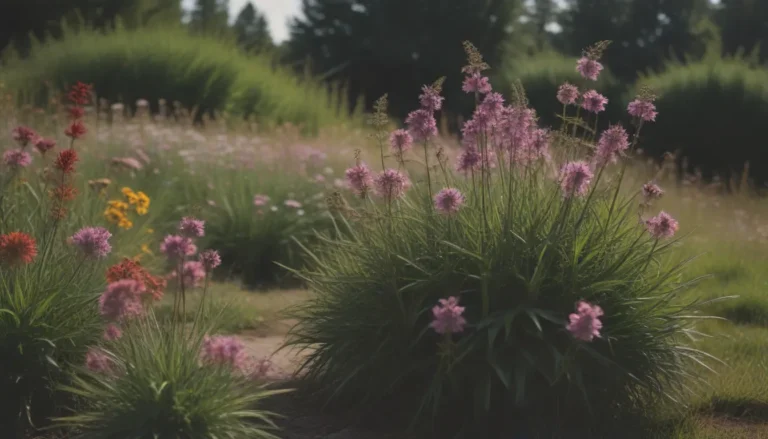Ultimate Guide to Growing and Caring for Chinese Fan Palms

If you’re a fan of lush, tropical greenery and looking to add a touch of exotic flair to your landscape or indoor space, Chinese fan palms might be the perfect plant for you. Also known as fountain palms due to the graceful arching of their fronds, these palms are not only a stunning addition to any setting but are also relatively easy to care for, making them a great choice for beginner gardeners.
Getting to Know Chinese Fan Palms
Chinese fan palms, scientifically known as Livistona chinensis, are native to warm, humid climates and can thrive both outdoors and as indoor potted plants. These slow-growing palms start off with a bushy appearance in their early years but eventually develop a single, slender trunk that can grow tall enough to be considered a tree. With fronds that can reach up to 60 inches in length, Chinese fan palms are sure to make a statement wherever they are planted.
Chinese Fan Palm Care Tips
While Chinese fan palms are hardy plants that are not overly particular about their growing conditions, there are a few key factors to keep in mind to ensure your palm thrives:
-
Light: Chinese fan palms thrive in full sun to partial shade, requiring at least six to eight hours of direct sunlight daily. Young palms may benefit from some shade, especially during the hottest part of the day.
-
Soil: These palms are tolerant of various soil types but prefer a rich, loamy soil with good drainage. For container-grown palms, use a quality potting mix designed for palms.
-
Water: Keep the soil lightly moist but not soggy, as overwatering can lead to root rot. While established Chinese fan palms have some drought tolerance, be sure to water them during dry spells and hot weather.
-
Temperature and Humidity: Chinese fan palms can withstand temperatures as low as 15 to 20 degrees Fahrenheit and thrive in warm, humid conditions. To maintain adequate humidity levels, regularly mist the palm, especially if it is indoors.
-
Fertilizer: Fertilize your palm two or three times during the growing season with a palm-specific fertilizer to promote healthy growth.
Types of Fan Palms
In addition to Chinese fan palms, there are several other plants that also go by the common name of fan palm, such as the European fan palm (Chamaerops humilis) and the California fan palm (Washingtonia filifera).
Propagation and Repotting
If you’re looking to propagate your Chinese fan palm, you can either grow it from seed or take cuttings from an existing plant. Growing from seed is a slow process but can be rewarding, while taking cuttings from a mature plant in a container is a faster way to create new palms.
When it comes to repotting your Chinese fan palm, select a pot that is slightly larger than the plant’s root ball and has ample drainage holes. These slow-growing palms don’t need to be repotted often, so be cautious when transplanting to avoid damaging the fragile roots.
Common Pests and Issues
While Chinese fan palms are relatively low-maintenance, they can still face some common pest and disease issues. Keep an eye out for scale insects and spider mites, which can damage the foliage. Treat infestations with insecticidal soap or neem oil spray.
If you notice discolored leaves on your Chinese fan palm, it may be a sign of nutrient deficiency, particularly potassium. Adjusting your fertilizer regimen should help resolve this issue. Additionally, indoor palms may have a shorter lifespan compared to those grown outdoors, but propagating through sucker cuttings can help ensure a continuous supply of healthy palms.
Final Thoughts
In conclusion, Chinese fan palms are a beautiful and resilient plant that can thrive in various settings with the right care and attention. Whether you’re looking to enhance your outdoor landscape or bring a touch of the tropics indoors, these palms are sure to add a touch of elegance and charm to your space. Remember to provide adequate light, water, and nutrients, and your Chinese fan palm will reward you with its graceful beauty for years to come. Happy planting!





